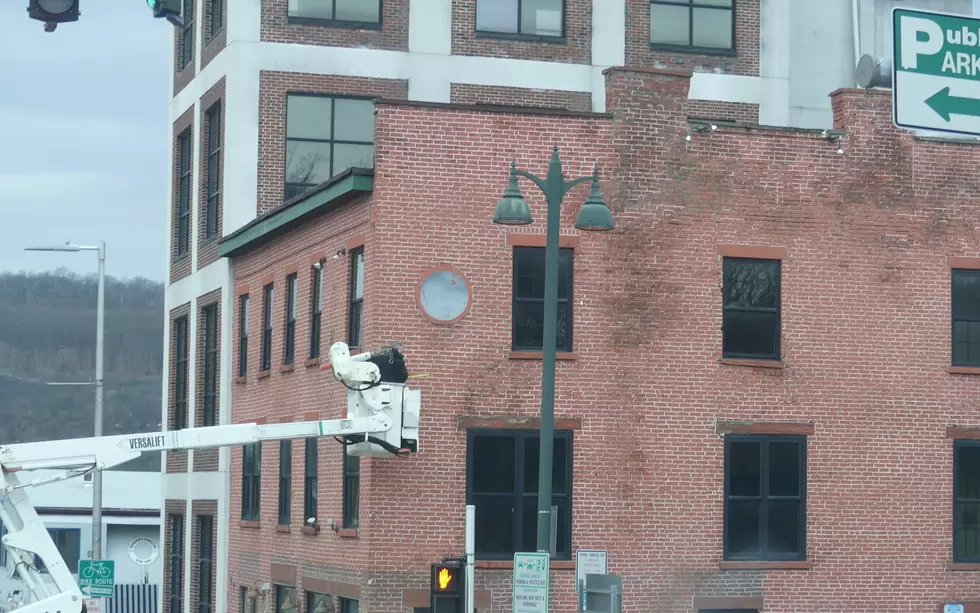
WEEKEND WEATHER: A Beautiful Labor Day Weekend Forecast
After the wild week the area endured, the Hudson Valley needs a break when it comes to the weather. The remnants of Hurricane Ida brought record flooding rains and widespread catastrophic damage to the Tri-State, as the powerful storm blew threw the region Wednesday night. Areas in New York City and New Jersey were the hardest hit. See some of the photos here. Fortunately, the long weekend ahead is shaping up to be much, much nicer.
Highs Friday will be in the 70s, under partly cloudy skies during the day. Lows overnight will be cool and fall-like, with temps falling to the lower 50s. Saturday will bring another day of pleasant weather, as highs will climb to the low to mid 70s and mostly sunny. Saturday night should once again be cooler, with lows falling into the 50s.
Sunday might bring a slight chance of scattered showers during the afternoon, with highs in the 70s. Otherwise, expect another mixture of sun and clouds during the afternoon, and lows falling to around 60 degrees Sunday night. Labor Day Monday looks pretty good as well, with highs close to 80 during the day, and lows near 60. The is a slight chance for some scattered showers in the morning, but the rest of the afternoon should be clear.
So, as we look ahead here in the coming weeks to fall, what should we prepare for as far as weather? AccuWeather says that the Hudson Valley and Northeast could above average temperatures lingering well into mid October. There could also be more rounds of strong thunderstorms that persist for a least another month, according to some forecasts. This has been the trend through the majority of the summer across many parts of the Hudson Valley, and it may go on for a bit longer. But could the east coast be susceptible to more tropical weather, due to another La Niña?
AccuWeather goes on to say that the first of the colder weather should arrive by late October to early November, which is around normal for the Hudson Valley. But while a La Niña could lead to more hurricanes, it can also bring an ealry season snow storm or two to the Northeast. Time will only tell. Sometimes these extended forecast miss the mark, but they can also be accurate. Earlier this year, meteorologists called for a stormy summer with above average temperatures across the area, and it's safe to say that's indeed what we've experienced.
LOOK: The most expensive weather and climate disasters in recent decades
KEEP READING: Get answers to 51 of the most frequently asked weather questions...
TIPS: Here's how you can prepare for power outages
More From WPDH-WPDA







